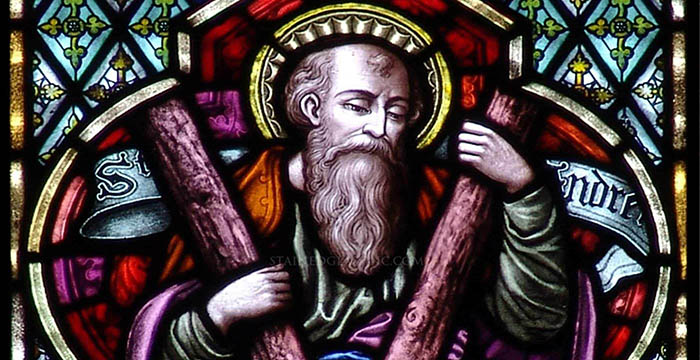Design of the Scottish Flag
The Scottish Saltire FlagThe white diagonal cross on the flag is known as a ‘saltire’, which means ‘a cross with diagonal bars of equal length’. This stems from the old French word saultoir or salteur, a word to describe a type of stile constructed from two cross pieces.
The flag’s proportions aren’t fixed, but is often in the ratio of 3:5. The white bars of the cross also don’t have a fixed proportion, but is usually one-fifth of the width of the flag. Proportions were originally more important on the design of shields.
The blue background of the flag has had various shades of blue over the years, ranging from sky blue to navy blue. Historically, this is due to the production of natural dyes being plant-based, so even soil quality would have an impact of the shade of blue produced on fabrics.
With the union of England and Scotland, the Union Flag used a consistent navy blue colour, and this was increasingly used for the Saltire flag as well. This meant flag manufacturers had difficulties in agreeing with using only one shade. The variation in shades of blue led to a committee within the Scottish Parliament to standardise the colour of the national flag. In 2003, they agreed that a Pantone 300 colour would be the standard blue, a slightly different shade to the Union Flag.




